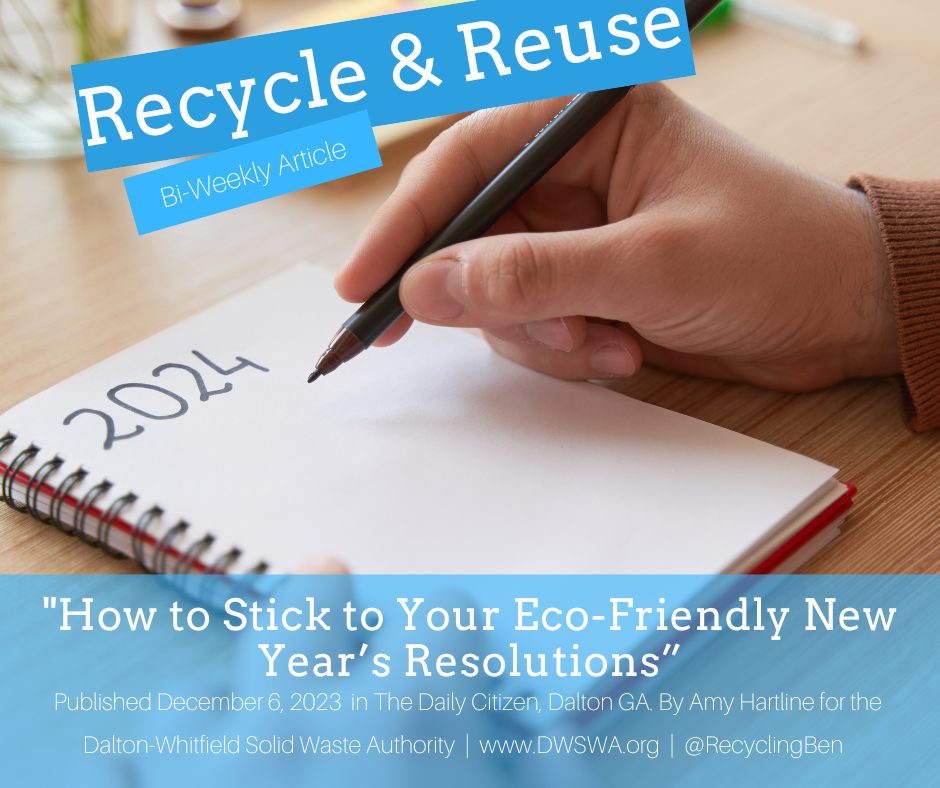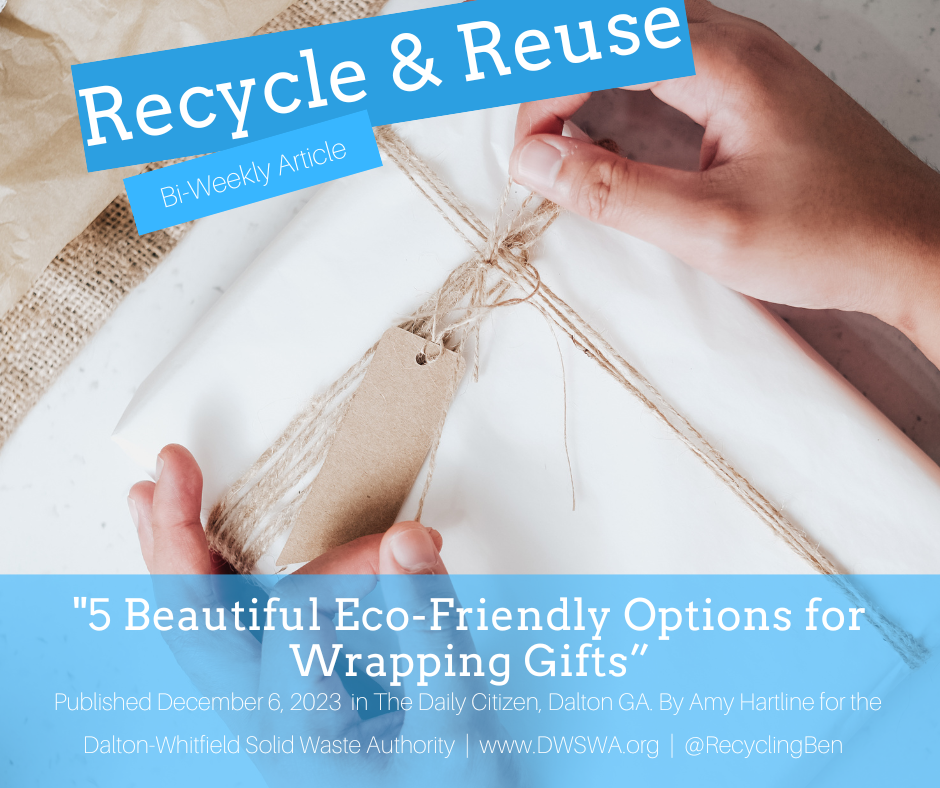Safer Roads Begin With Secured Loads
/This pickup truck bed has loose trash that can easily fly out of the back of the vehicle and litter the road. Help keep our local roads clean by securing loads and putting trash in the right place.
An unsecured item fell out of this truck at 70 mph, bounced once and hit the windshield of this car in the adjacent lane.
In early January, a two-foot crescent wrench smashed into the windshield of a vehicle that was traveling along I-79 in Pittsburgh, PA. The wrench had flown off of a tanker truck and hit the car at 65 miles an hour. The following month in Washington, D.C. a motorist driving over a bridge towards Virginia hit the brakes when a pitchfork that came off an unsecured load and thru the windshield of his pickup truck stopped just a foot from his face.
While these incidents resulted in obvious vehicle damage, unsecured loads can also lead to injury and in severe cases death. Last March a mattress caused a pile up with injuries on I-75 in Ringgold, GA. A young man was transporting a mattress and box spring on top of his SUV when the items came loose and slid off the vehicle onto the roadway. This lead to a three-car accident as vehicles swerved to avoid hitting the items.
Each of these incidents could have been avoided by drivers properly securing loads onto their vehicles. According to the Keep America Beautiful Litter Study, about 70% of roadside litter is the result of motorists, vehicle debris, and untarped loads. Untarped or unsecured loads are by far the most dangerous since the items coming off of these loads tend to be large, such as appliances and construction equipment. Yet small efforts do make a difference in helping to maintain clean and safe roads for everyone.
It doesn’t take much time, effort, or money to make sure your load is properly secured. For example, trash or recyclables can be collected in sturdy bags and covered with a plastic tarp or cargo netting for transport. Or instead of throwing trash loose into a pickup truck bed drivers can secure a 5-gallon bucket with a lid in a corner of the bed for use as a trashcan. At the end of the trip, drivers can empty the contents into the appropriate trash and recycling receptacles.
Though the vehicles for hauling materials from one place to another may look different, there are some basics things that all drivers can do to help prevent litter on the road. It all comes down to securing your load for cleaner and safer roads. Here are seven tips from the Dalton-Whitfield Solid Waste Authority’s webpage about securing your load at www.dwswa.org/secure-your-load.
• Tie it Down: Large or heavy items should be firmly secured with solid straps, rope, bungee cords, or netting. Tie large items directly to your vehicle. Small string is not adequate – tie down materials must be able to withstand the wind loads of 70 mph on the freeway. A lot of people are not aware that at 70 mph, that wind is providing about a 20-pound-per-square-foot push on those loads, which can dislodge those loads and push them right off your vehicle. Don’t use restraints if they are frayed, cut or damaged in any way.
• Cover it Up: For loose, lighter items such as tree clippings, a sturdy plastic or canvas tarp or netting can be used to keep items in place. Tie the tarp securely, or it might become road debris as well.
• Lighter Goes Lower: Put lighter weight things at the bottom of the load and make sure they are secure. Evenly distribute the load to prevent it from sliding.
• Don’t Overload: Keep material level with truck bed or trailer unless tied down, netted or tarped. Materials below the truck bed should also be secured if there’s any chance of them blowing out or falling from the vehicle.
• Double-Check: Double check your load to make sure it is secure at the back and on the sides and top. Remember that loads can move and settle during a journey, allowing restraints to loosen. If possible, recheck restraints shortly after beginning your trip.
• Make Sure It’s Roadworthy: Ensure both the vehicle and trailer are in good mechanical condition and roadworthy. Make sure your vehicle is rated to tow the load. Drive to the conditions: your load will make your vehicle less maneuverable and it will take longer to stop.
• Ask Yourself: Is there any chance of debris falling or blowing out of my vehicle? Would I feel safe if I were driving behind MY vehicle? What would happen to MY load if I had to brake suddenly or if I hit a bump?

































